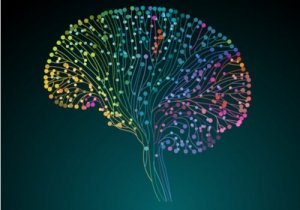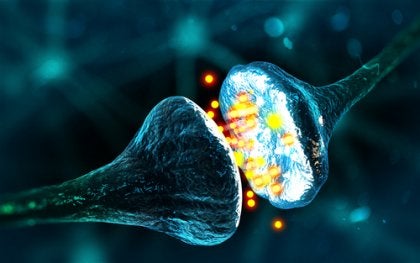The Human Connectome Project

The Human Connectome Project (HCP) was launched in July of 2009 as part of a 5-year, 21.3 million euro NIH (National Institutes of Health) plan. The goals of the project are to:
- Provide a compilation of neural data.
- Offer an interface that allows scientists to graphically navigate data.
- Discover new information about the human brain.
Hagmann, one of the project’s researchers, explains: “To understand the functioning of a network, one must know its elements and their interconnections. The connectome will significantly increase our understanding of how functional brain states emerge from their underlying structural substrate, and will provide new mechanistic insights into how brain function is affected if this structural substrate is disrupted.”
Before we continue, what’s the human connectome? In simple terms, it’s a kind of map of the connections between brain neurons. Thus, the goal of the project is to build a map that shows the brain’s network of connectivity on an anatomical and functional level. In other words, to come to a detailed understanding of all the brain circuits and their synapses.
The other goal of the project is to produce a data set that would facilitate research about different brain disorders.
“None of your neurons know who you are… Nor do they care.”
-Eduardo Punset-

The Goals of the Human Connectome Project
The National Institutes of Health Blueprint for Neuroscience Research is currently launching a 30 million dollar project that will use the latest brain imaging technology to map the circuits in the healthy human adult brain.
By systematically collecting brain imaging data from hundreds of people, the Human Connectome Project will provide information about the brain connections that underlie brain function. It’ll also open new pathways for neuroscience research.
“In the human mind, the number of possible connections that can be made between neurons greatly exceeds the number of atoms in the universe.”
-Alan Moore-
Recent Data and Research
As of yet, scientists have only identified one connectome: that of a nematode (Caenorhabditis elegans). Its modest nervous system consists of 300 neurons. In the 1970s and 1980s, a team of researchers traced a map of its 7,000 interneural connections. The name for that map, as we mentioned before, is the connectome. Obviously, human beings are much more complex, with more than 100 billion neurons and 10 thousand times more connections.
New research from the HCP team suggests that the organization of brain circuits more closely resembles a Manhattan street map than the convoluted tangle of roads in London. In other words, the human neural network is also orderly and neat, not roundabout and tangled as scientists used to believe.
Various new findings based on neuroimaging data from the HCP and psychological research show that differences in brain connectivity between individuals are a good predictor of behavior.
These researchers believe that these types of scans might be helpful someday to provide a more personalized diagnosis and treatment for patients with mental disorders.
“Like the entomologist in search of colorful butterflies, my attention has chased in the gardens of the grey matter cells with delicate and elegant shapes, the mysterious butterflies of the soul, whose beating of wings may one day reveal to us the secrets of the mind.”
-Santiago Ramon y Cajal-

Conclusions and Observations about the Human Connectome Project
The brain continues to be a complex and mysterious organ. Although scientists are finding out more about the brain every day, there’s still so much we don’t know. That’s one of the reasons why the HCP is so important. The point is to use the best technology available in order to clarify brain function and neural connections. The hope is that this new information will help eradicate many mental disorders.
Today, scientists know that many mental disorders, such as schizophrenia, are connectopathies. That means that the anomaly that causes the disorder is in the brain’s “wiring”. If scientists can create a map of the human brain and understand its structural framework, they might be able to cure illnesses such as epilepsy.
Lastly, if you’re interested in learning more about the HCP, you can visit this link to see an interactive viewer that interprets data from the connectivity matrix from the conference publication: Anatomical structural network analysis of human brain using partial correlations of gray matter volumes by Anand A. Joshi, Shantanu H. Joshi, Ivo D. Dinov, David W. Shattuck, Richard M. Leahy, and Arthur W. Toga.
All cited sources were thoroughly reviewed by our team to ensure their quality, reliability, currency, and validity. The bibliography of this article was considered reliable and of academic or scientific accuracy.
- Van Essen DC, Barch DM. The human connectome in health and psychopathology. World Psychiatry 2015;14:154-7.
- Bullmore E, Sporns O. Complex brain networks: graph theoretical analysis of structural and functional systems. Nat Rev Neurosci 2009;10:186-98.
This text is provided for informational purposes only and does not replace consultation with a professional. If in doubt, consult your specialist.








